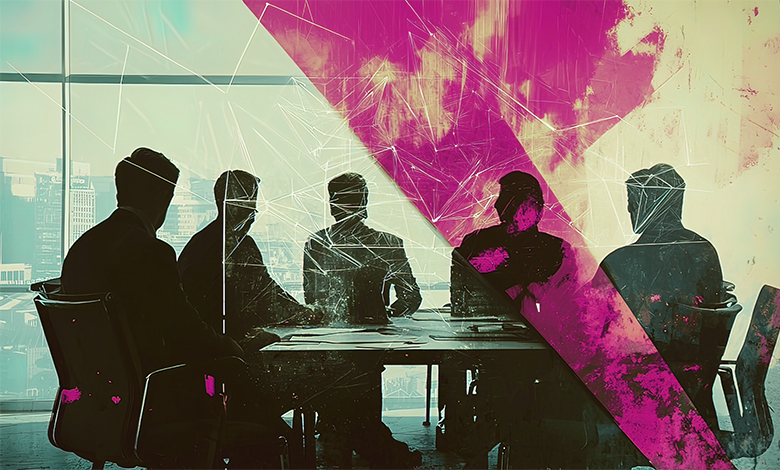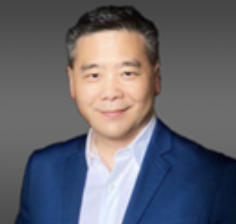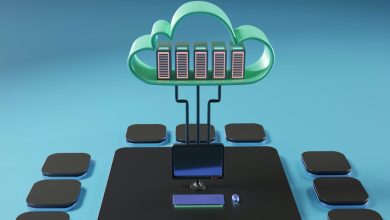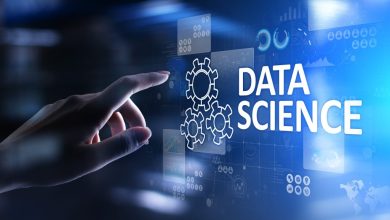
It’s not just another tech trend. Generative AI is rapidly transforming the modern workplace. From workflows and job functions to entire business models, genAI is reshaping how organizations operate and deliver value. But despite its potential, many companies still treat genAI as a standalone IT project or an isolated experiment rather than a core business initiative. That’s where transformation stalls.
Real genAI adoption doesn’t live in a single department. It starts and succeeds when the C-suite is aligned. When the Chief Executive Officer (CEO), Chief Technology Officer (CTO), and Chief Human Resources Officer (CHRO) come together with a shared strategy, genAI implementation becomes far more than a technology upgrade; It becomes a catalyst for cultural and operational change.
The CEO sets the vision. The CTO brings the tools to life. The CHRO ensures the people powering the business are prepared, trained, and supported.
Here’s how the C-suite can align to drive meaningful, enterprise-wide transformation:
Treat GenAI as a Strategic Imperative
Too often, genAI conversations and implementation never move beyond IT. But genAI isn’t just about automating tasks, it’s about rethinking how work gets done. Together, the CEO, CTO, and CHRO can co-author an AI roadmap that instills meaningful and strategic change.
The CEO: Leads by setting a clear vision of how genAI supports broader business objectives and long-term value creation.
The CTO: Translates the vision into a scalable, secure technology architecture that integrates genAI seamlessly into operations.
The CHRO: Assesses workforce readiness, aligns change management strategies, and fosters a culture of continuous learning and adaptability.
In Action: When launching Integreon’s AI Center of Excellence, the CEO set the vision and approved the business case. The CTO worked closely with each business unit to establish the appropriate technical reference architecture, including the information security standards and pilot clients. The CHRO mobilized the right technical and business subject matter experts (SMEs) and operational resources, along with orchestrating broader communications at the global leadership team level to make sure change is understood and embraced.
Give Teams Access
Innovation can’t scale if it’s confined to technical teams. Broad access to genAI tools empowers employees across departments to utilize efficiencies and solve problems creatively.
The CEO: Champions enterprise-wide access to genAI tools and sets the tone that innovation belongs to everyone.
The CTO: Provides secure, role-specific access while establishing data governance, risk controls, technology licensing, and user support systems.
The CHRO: Develops enablement plans, facilitates AI literacy programs, and communicates company-wide AI related policies to ensure teams are informed and supported using and implementing new tools.
Tip: To align differing perspectives on risk, start with shared principles: assume genAI is already in use informally, then co-develop guardrails that protect data without stifling innovation. Because enabling secure, sanctioned use is safer than ignoring unsanctioned experimentation.
Invest in Upskilling, Not Just Tools
One of the biggest misconceptions about genAI is that it replaces people and jobs. In reality, when people are trained to use the technology effectively, it enhances human capability. Upskilling should be a cornerstone of any genAI strategy.
The CEO: Positions upskilling as a strategic investment and ensures budget allocation aligns with long-term transformation goals.
The CTO: Identifies key competencies for future workflows and collaborates to design use case-driven training.
The CHRO: Curates learning journeys tailored to business functions and roles, building confidence and engagement at every level.
In Action: When Integreon adopted a company-wide genAI platform license, the CEO garnered support from other internal leaders and subject matter experts, the CHRO deployed skill-readiness assessments to understand baseline capabilities and aligned on expectations for talent acquisition to fill any future gaps, and the CTO created and implemented training to bolster skillsets.
This alignment of purpose has resulted in over 400 Integreon trained and certified professionals including analysts, project managers, designers, and domain experts. Those who have been upskilled are not only more engaged, but less likely to leave. The message is clear: people don’t fear AI when they’re invited to work alongside it.
Measure Real Impact, Not Just Usage
Understanding the impact of genAI on the business is key to refining the strategy. Usage metrics are helpful, but what really matters is whether AI is improving outcomes. C-suite leaders must assess and ask themselves: Are teams more productive? Is the employee experience improving? Are customers seeing faster, more accurate results? Measuring that impact is how organizations learn, adapt, and grow.
The CEO: Defines success in business terms, such as efficiency, growth, and client impact, and works to deliver tangible results.
The CTO: Tracks system-wide performance metrics, monitors adoption trends, and identifies high-impact genAI use cases.
The CHRO: Measures workforce outcomes such as satisfaction, productivity, and retention to gauge how genAI is shaping the employee experience.
In Action: When measuring and comparing key performance indicators for new AI tools, Integreon establishes A and B teams using the same or similar case data sets. The A team uses traditional processes and automation tools, while the B team uses new processes with genAI agents. Depending on the complexity of the genAI processes and model accuracy, it is sometimes necessary to run a few Alpha and Beta batches to overcome the learning and training curves before reliable and consistent results are achieved.
Throughout these processes, the CEO champions the initiatives as part of Integreon’s broader strategy to drive innovation, efficiency, and client value. The CTO designs test frameworks, selects appropriate AI models, and analyzes performance data. The CHRO monitors human impact by tracking engagement, productivity, and change readiness. These insights guide short- and long-term workforce enablement.
Keep the Dialogue (and Strategy!) Alive
GenAI is evolving fast. What works today may be outdated tomorrow; a one-time conversation won’t create lasting alignment. Executive leaders must engage in continuous, cross-functional dialogue.
The CEO: Maintains genAI as a standing priority on the executive agenda and drives continuous cross-functional collaboration.
The CTO: Keeps leaders informed of emerging technologies, vendor capabilities, and operational risks.
The CHRO: Brings forward employee insights, identifies cultural gaps, and advises on ethical and inclusive AI practices.
In Action: C-suite alignment allowed Integreon to successfully harness the full potential of Microsoft CoPilot, which it actively uses to increase productivity in ways such as developing chatbots for internal use and accelerating external workflows.
In this case, the CEO ensured Microsoft CoPilot supported long-term business goals and remained a strategic priority. The CTO identified applications that closely aligned with company goals, led tool development, and published thought leadership to inform AI strategy and investments. The CHRO created and implemented learning and adoption strategies and encouraged employees to view the tool as an opportunity for professional growth.
GenAI’s potential to transform enterprises is immense, but its impact depends entirely on how organizations put it to use. Without a clear, connected strategy championed by the executive team, even the most powerful tools won’t deliver lasting change.
But when the CEO, CTO, and CHRO work together, genAI becomes more than an initiative, it connects functions and creates a culture where innovation can thrive. At the end of the day, it’s not AI that transforms companies, but the leaders who have the ability to unlock its potential.
About the Authors:








